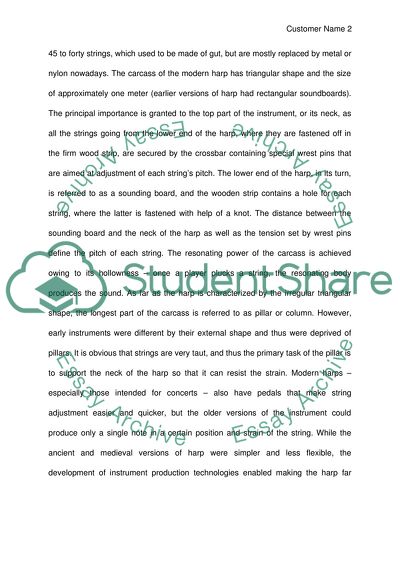Cite this document
(Analysis of Musical Instruments: Harp Essay Example | Topics and Well Written Essays - 1250 words, n.d.)
Analysis of Musical Instruments: Harp Essay Example | Topics and Well Written Essays - 1250 words. https://studentshare.org/music/1873642-research-around-musical-instruments
Analysis of Musical Instruments: Harp Essay Example | Topics and Well Written Essays - 1250 words. https://studentshare.org/music/1873642-research-around-musical-instruments
(Analysis of Musical Instruments: Harp Essay Example | Topics and Well Written Essays - 1250 Words)
Analysis of Musical Instruments: Harp Essay Example | Topics and Well Written Essays - 1250 Words. https://studentshare.org/music/1873642-research-around-musical-instruments.
Analysis of Musical Instruments: Harp Essay Example | Topics and Well Written Essays - 1250 Words. https://studentshare.org/music/1873642-research-around-musical-instruments.
“Analysis of Musical Instruments: Harp Essay Example | Topics and Well Written Essays - 1250 Words”. https://studentshare.org/music/1873642-research-around-musical-instruments.


